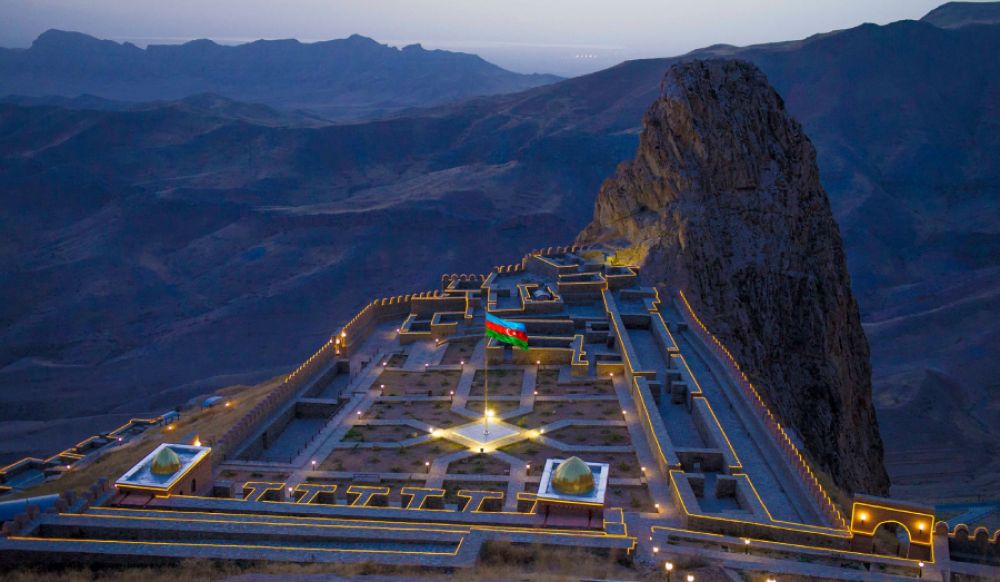

Nestled on the slopes of the Lesser Caucasus mountains, Alinja Castle is one of Azerbaijan's hidden gems with a tumultuous history that has only recently begun to capture the attention of the world's travelers. For centuries, this fortress remained an elusive treasure known primarily to locals and a handful of ardent historians. However, today it stands as a testament to the country's rich past and the burgeoning field of cultural and historical tourism.
Alinja Castle, often referred to as the "Machu Picchu of Azerbaijan," dates back to the 7th century, although it is believed that its foundations could be much older. Over the centuries, it has served as a defensive bastion and a residence for regional rulers, witnessing numerous conquests and political changes. The castle gained a reputation for impregnability, standing tall through the Seljuk and Mongol invasions.
Its strategic location made it a prized possession, often caught in the tug-of-war between various empires. The castle has been associated with many historical figures, including the Mongol ruler Timur, who used it as a treasury and a prison for high-profile figures. The sheer difficulty of the terrain and the fortress's formidable defenses made it an incredibly secure location for such purposes.
The story of tourism at Alinja Castle is a relatively recent one. For many years, the site lay forgotten, its ruins shrouded by time and the rugged mountainous landscape of Nakhchivan. It wasn't until the late 20th and early 21st centuries that efforts were made to study and restore the castle, propelled by a growing interest in the region's cultural heritage.
The Government of the Autonomous Republic of Nakhchivan has played a pivotal role in the revival of Alinja Castle as a tourist destination. Excavation and reconstruction projects have made the site more accessible and informative to visitors, providing insights into its historical significance. These efforts have begun to bear fruit, as the castle is now included on many travel itineraries for those exploring Azerbaijan.
One of the latest trends in tourism at Alinja Castle is the increased focus on eco-tourism and adventure travel. The challenging hike up to the castle appeals to adventurers and nature lovers alike, providing both a physical challenge and stunning vistas of the surrounding landscape.
Furthermore, there is a growing emphasis on experiential and educational tourism. Visitors to Alinja Castle can now enjoy guided tours that offer historical reenactments and deep dives into the region's rich heritage. This immersive approach aims to provide a more meaningful connection with the area's past and present.
As Alinja Castle's profile as a tourist destination grows, there are ongoing concerns and considerations regarding the preservation of the site. It is imperative to balance increasing tourist footfall with the need to maintain and protect the castle's structure and surrounding environment. Sustainable tourism practices are essential to ensure that the castle remains an integral part of Azerbaijan's historical narrative for generations to come.
In conclusion, the fledgling tourist industry at Alinja Castle has the potential to become a significant contributor to Nakhchivan's and Azerbaijan's economy. With continued investment in preservation and the development of sustainable and responsible tourism, Alinja Castle will likely become a major draw for those looking to uncover the stories etched into the stones of this ancient fortress.